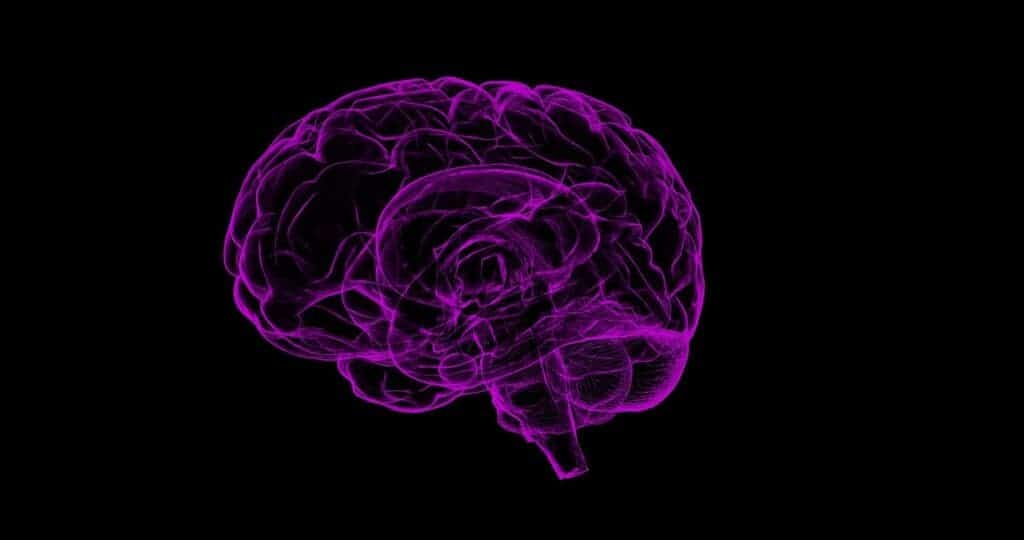
More than 8 million people suffer from post-traumatic stress disorder (PTSD) in the United States alone, which is often accompanied by depression, angst, addiction, and poor social integration. Among the hardest cases, PTSD often leads to suicide. Existing therapies have a poor response rate, which is why some researchers are looking into experimental procedures meant to alter or even erase traumatic memories in order to cure the disorder.
The first trials in this direction can be traced to 2004, when scientists gave mice a drug called propranolol that, under certain conditions, caused the animals to ‘forget’ nasty memories that were causing trauma. But subsequent work was not able to replicate these promising results. Now, researchers at Cambridge University think they know why.
The British researchers identified a specific protein, which they refer to as a “shank” protein, whose presence determines whether or not traumatic memories can be altered with ease.
“In ancient Greek legend, they spoke of a drug, Nepenthe, which made them forget painful memories,” said lead author Dr. Amy Pelton in a statement. “We hope that this is a step on the path to treatment.”
There are two types of long-term memories. There’s fact-based memory which can retrieve useful information such as names, places, events, what’s Newton’s first law of motion, and so on. The other distinct type of memory pertains to skills and emotions. Vivid emotional memories can trigger the same kinds of emotional states — for better or worse — as those experienced during the time they were etched in our cortex. In the case of PTSD-causing memories, these can be replayed ad nauseam and at the most unpredictable moments, making life unbearable.
In 2004, researchers at the Center for Neural Science at New York University showed that mice treated with the beta-blocker propranolol were able to overcome a learned trauma. This drug targets emotional memories allowing their disruption.
But Pelton and colleagues found that memory alteration is, understandably, far more complex than meets the eye. Their research shows that a particular protein can be used as a brain marker that indicates whether or not emotional memories are alterable.
For their own experiments, the researchers trained rats to associate a clicker (the kind used in dog training) with a mild electric footshock, a type of fear conditioning. Eventually, every time the rat heard the clicker, they shivered expecting mild pain, just like Pavlov’s dogs drooled when they heard the bell sound they associated with a treat more than a hundred years ago.
Immediately after the clicker reactivated the bad memory, the rats were injected with propranolol. However, the rats continued to react in fear at the clicky sound. If the study ended here, the researchers could have concluded, like others before them, that the original 2004 study was unreplicable.
The scientist dug deeper, though, finding that the “shank” protein acts as a scaffold for receptors in the brain that control connections between the neurons. This protein has to be degraded in order for a particular memory to become malleable. If the protein is intact, the “memories were not degradable, explaining why propranolol does not always produce amnesia,” the authors wrote in their study that was presented at the 34th ECNP Annual conference in Lisbon.
While they were not able to erase traumatic memories in rats, the findings bring us a step closer to achieving this lofty goal. Many other challenges remain, including the complex nature of the human brain. Transferring the same fear-response alterations in rodents to humans may prove unviable.
“We don’t see this leading to the sort of situation shown in the movies, like, for example, ‘Eternal Sunshine of the Spotless Mind,’ where the protagonists can choose which memories to erase,” said Pelton. “But we hope that over time we will be able to identify the factors that make memories modifiable in animals and translate these to human patients.”
Elsewhere, other research groups are exploring other avenues of emotional memory alteration. MIT neuroscientists have proposed erasing old traumatic memories with fresh, same ones by employing drugs that activate certain genes.


